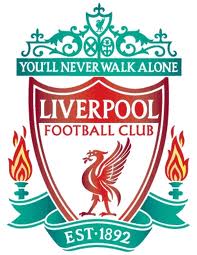 The Guardian has an interesting article on the soap opera that is the sale of the Liverpool Football Club. It seems that former Liverpool owner Tom Hicks has become fixated on the Forbes Magazine estimate of the value of the team. Forbes produces annual estimates of the value of various sports franchises as part of their Sports Money section. The estimates are interesting conversation fodder, and probably generate a fair share of arguments over pints at the local, but I find it curious that someone like Tom Hicks would focus on this estimate. I suppose his interest stems from the fact that the Forbes estimate (£513m) substantially exceeds the value that the club was sold for (£300m).
The Guardian has an interesting article on the soap opera that is the sale of the Liverpool Football Club. It seems that former Liverpool owner Tom Hicks has become fixated on the Forbes Magazine estimate of the value of the team. Forbes produces annual estimates of the value of various sports franchises as part of their Sports Money section. The estimates are interesting conversation fodder, and probably generate a fair share of arguments over pints at the local, but I find it curious that someone like Tom Hicks would focus on this estimate. I suppose his interest stems from the fact that the Forbes estimate (£513m) substantially exceeds the value that the club was sold for (£300m).
I find Hicks’ “obsession” with the Forbes estimate of the value of the club curious because a lot of research shows that the Forbes estimates differ significantly from franchise sale prices, at least in North America. Rod Fort noted this in an article in IJSF volume 1, Issue 1. Mike Mondello and I documented this in a 2008 article in the IJSF, and Phil Miller also pointed this fact out in a 2009 IJSF article.
The Forbes estimates are based on all the financial information available (which is not that much, given that North American franchises do not release audited financial data), and a systematic analysis of these data, but they clearly differ from actual franchise sale prices. Hicks, as former owner of the club, should have access to much better financial data than Forbes magazine. He might be fixated on the Forbes estimate of the club value because it is close to his estimate, but sports franchises often sell for prices different than the net discounted value of future profits implied by the financial “fundamentals.” For example, prospective owners who care more about wins than profits often bid up the price of sports franchises, and teams embroiled in controversy (like, umm, Liverpool right now), might sell at a discount.